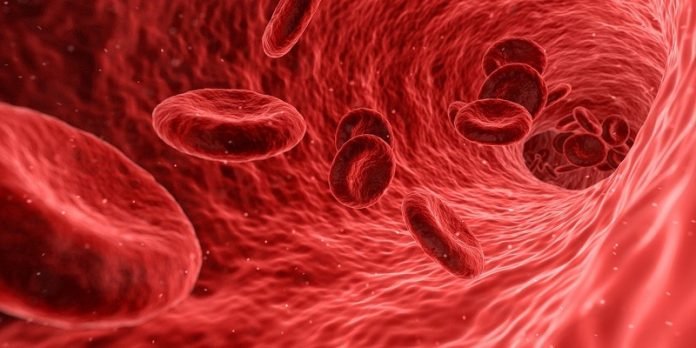
Early recognition and treatment of peripheral arterial disease (PAD) can prevent leg amputations, but it can also reduce a patient’s risk of stroke, heart attack and death.
PAD is the development of blockage in the arteries of the legs.
These are very similar to blockages that are found in heart arteries that can lead to heart attacks.
Risk factors for development of PAD include diabetes, smoking, renal failure, high blood pressure, high cholesterol, obesity and a family history.
The difficulty with PAD is recognizing the symptoms and risk factors, and diagnosing patients early.
The earliest symptom of PAD is cramping of the calves when walking. Many times, patients will avoid walking because of the cramping. As the blockages worsen, the blood flow to the legs decreases.
When blood flow has worsened to the point of persistent pain or sores that will not heal, patients are at a high risk for amputation if the PAD is not treated.
To confirm the diagnosis of PAD, doctors will perform a non-invasive test that determines how much blood flow is getting down the legs to the ankles.
They then use imaging such as an ultrasound to determine the location of the blockage.
All PAD treatment should start with the medical treatment of the disease, such as prescribing medications for high cholesterol, high blood pressure and possibly blood thinners.
Just treating PAD with medicines reduces risk of stroke, heart attack and death. For mild forms of PAD, doctors also will prescribe a walking program, supervised by physicians and physical therapists.
For more severe forms of PAD, surgeons can perform minimally invasive procedures such as balloon angioplasty or stenting.
Other surgical procedures can remove or bypass the blockage. By diagnosing patients early, we may prevent patients from ever developing severe disease or undergoing amputation.
If you care about health, please read studies about more than half of Americans suffer from back pain and leg pain, and pain medication that could increase your hip fracture risk.
For more information about health, please see recent studies that scientists develop new method to help relieve back pain, and results showing that Omicron can be neutralized by a booster dose.
Written by Mark Fleming.



